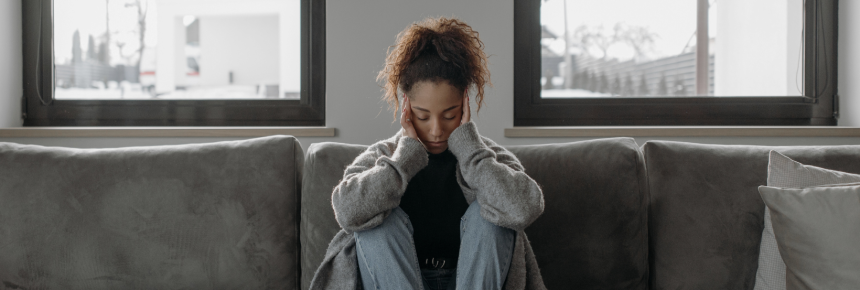By Dani Dobson
Migraines are a debilitating type of headache that affects millions of people worldwide. The pain is often so severe making it difficult for individuals to carry out everyday activities. Although medication can help alleviate symptoms, there are also physiotherapy techniques and home exercises that can provide relief for those suffering from migraines.
Understanding Migraines
Migraines are a recurring type of headache that typically feels like a pulsing or throbbing pain on one side of the head. They can last for several hours or days, and the pain can worsen with physical activity. Migraines are often accompanied by other symptoms, such as nausea, vomiting, sensitivity to light or sound, and in some cases, vision changes.
The exact cause of migraines is unknown, but it is thought to be related to changes in the brain activity and blood flow in the head. Genetics, hormonal changes, and certain triggers such as stress, diet, and environmental changes can all contribute to the onset of migraines.
Physiotherapy Treatment
Physiotherapy can be an effective treatment for migraines, particularly for those who experience tension headaches or have muscular trigger points in the head and neck. Physiotherapists can use various techniques such as massage, mobilizations, and exercises to help manage symptoms.
Massage therapy can help release tension in the muscles of the head, neck, and shoulders, reducing pain and stiffness. Mobilizations involve gentle movements of the spine and neck to help improve joint mobility and reduce muscle tension. In addition, stretching and strengthening exercises can improve posture and reduce muscle imbalances, which can contribute to the onset of migraines.
Manual therapy techniques involving the jaw and mouth muscles can also help alleviate head pain in some individuals. Temporomandibular joint (TMJ) exercises and modalities, including heat or ice therapy, can help reduce jaw tension and alleviate headaches.
Home Program for Patients
In addition to in-office treatment, patients can also benefit from a home program that incorporates exercises and self-management techniques to help manage migraines. Here are a few exercises and techniques that patients can do at home:
1. Neck stretches: Gently turn your head to one side and hold for 30 seconds, then do the same on the other side. Repeat five times. You can also gently tilt your head to the side and hold for 30 seconds, repeating five times on each side.
2. Self-massage: Use your fingers to massage the muscles at the base of your skull and neck. Apply gentle pressure and make small circular movements for five minutes.
3. Posture check-ins: Take breaks throughout the day to check your posture and make any necessary adjustments. Avoid slouching and keep your shoulders relaxed.
4. Relaxation techniques: Incorporate relaxation techniques such as deep breathing or meditation into your daily routine to help manage stress. Stress can contribute to the onset of migraines, so learning to manage stress can be a helpful tool in preventing them.
5. Heat or cold therapy: Apply heat or cold therapy to the affected area for 10-15 minutes at a time, up to three times a day. Use a heat pack or warm towel for muscle tension, and a cold pack or ice pack for inflammation.
Individuals with migraines should always consult with their physician or physiotherapist before starting any new exercise program or self-management techniques. It is important to get a proper diagnosis and individualized treatment plan to address specific needs.

